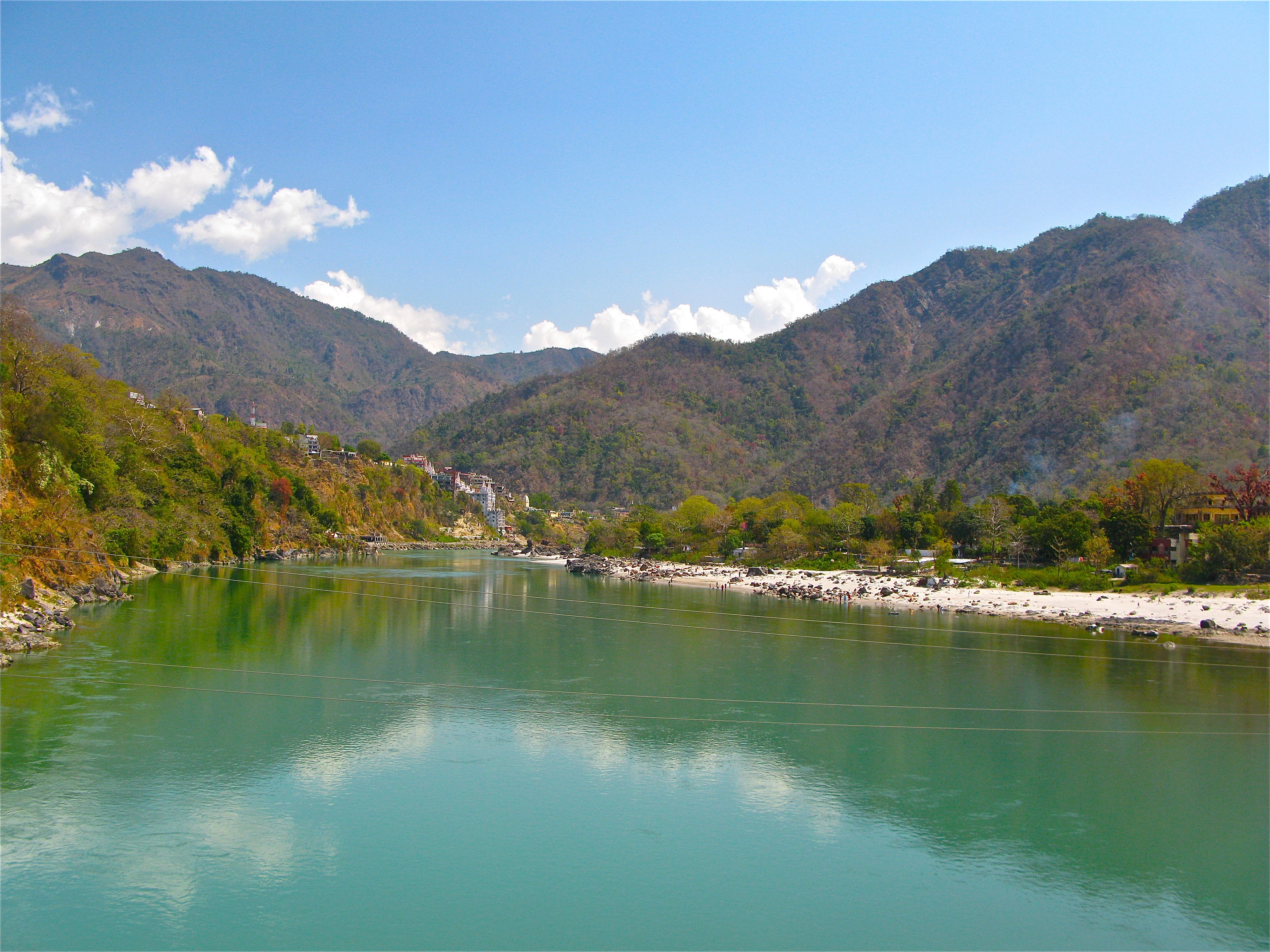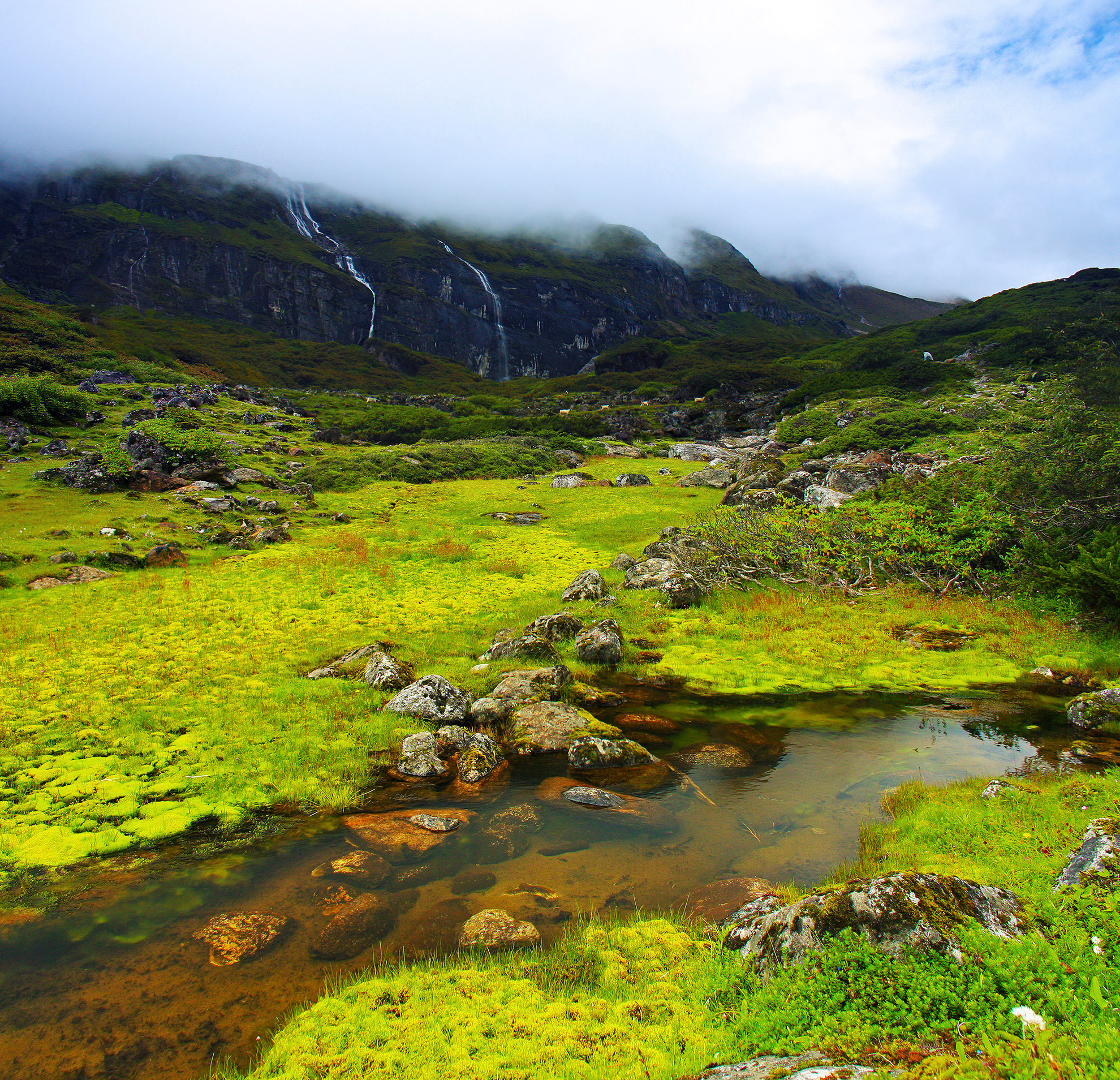|
Balan River
The Balan River is a transboundary river starting from Sivalik Hills of Nepal and crossing to India at Laxmipur. It is a plains-fed system. The length of the river is about 200 km (120 mi). It then merges with the Kamala River and finally outflows to the Kosi River. See also *List of rivers of Nepal References Rivers of Nepal Transborder rivers {{Nepal-river-stub ... [...More Info...] [...Related Items...] OR: [Wikipedia] [Google] [Baidu] |
Transboundary River
A transboundary river is a river that crosses at least one political border, either a border within a state or an international boundary. Bangladesh has the highest number of these rivers, including two of the world's largest rivers, the Ganges and the Brahmaputra. Transboundary rivers Transboundary rivers by country Bangladesh Bangladesh has at least 58 major rivers that enter the country from the republic of India. The hydrologic and political effects of rivers that cross significant boundaries are enormous. Rivers have positive effects in that they carry a significant amount of sediment, which aids in building land in Estuary, estuarine regions However this sediment raises the height of riverbeds, thereby causing flooding. International conventions governing water sharing have led to complex political disputes. The Naf River is the only river that flows via Bangladesh into Myanmar. External links Global Transboundary Protected Areas Network Universities Partnership for Tran ... [...More Info...] [...Related Items...] OR: [Wikipedia] [Google] [Baidu] |
Sivalik Hills
The Sivalik Hills, also known as the Shivalik Hills and Churia Hills, are a mountain range of the outer Himalayas that stretches over about from the Indus River eastwards close to the Brahmaputra River, spanning the northern parts of the Indian subcontinent. It is wide with an average elevation of . Between the Teesta and Raidāk Rivers in Assam is a gap of about . "Sivalik" literally means 'tresses of Shiva'. Sivalik region is home to the Soanian archaeological culture. Geology Geologically, the Sivalik Hills belong to the Tertiary deposits of the outer Himalayas. They are chiefly composed of sandstone and conglomerate rock formations, which are the solidified detritus of the Himalayas to their north; they are poorly consolidated. The remnant magnetisation of siltstones and sandstones indicates that they were deposited 16–5.2 million years ago. In Nepal, the Karnali River exposes the oldest part of the Shivalik Hills. They are bounded on the south by a fault syst ... [...More Info...] [...Related Items...] OR: [Wikipedia] [Google] [Baidu] |
Nepal
Nepal (; ne, नेपाल ), formerly the Federal Democratic Republic of Nepal ( ne, सङ्घीय लोकतान्त्रिक गणतन्त्र नेपाल ), is a landlocked country in South Asia. It is mainly situated in the Himalayas, but also includes parts of the Indo-Gangetic Plain, bordering the Tibet Autonomous Region of China to the north, and India in the south, east, and west, while it is narrowly separated from Bangladesh by the Siliguri Corridor, and from Bhutan by the Indian state of Sikkim. Nepal has a diverse geography, including fertile plains, subalpine forested hills, and eight of the world's ten tallest mountains, including Mount Everest, the highest point on Earth. Nepal is a multi-ethnic, multi-lingual, multi-religious and multi-cultural state, with Nepali as the official language. Kathmandu is the nation's capital and the largest city. The name "Nepal" is first recorded in texts from the Vedic period of the India ... [...More Info...] [...Related Items...] OR: [Wikipedia] [Google] [Baidu] |
India
India, officially the Republic of India (Hindi: ), is a country in South Asia. It is the seventh-largest country by area, the second-most populous country, and the most populous democracy in the world. Bounded by the Indian Ocean on the south, the Arabian Sea on the southwest, and the Bay of Bengal on the southeast, it shares land borders with Pakistan to the west; China, Nepal, and Bhutan to the north; and Bangladesh and Myanmar to the east. In the Indian Ocean, India is in the vicinity of Sri Lanka and the Maldives; its Andaman and Nicobar Islands share a maritime border with Thailand, Myanmar, and Indonesia. Modern humans arrived on the Indian subcontinent from Africa no later than 55,000 years ago., "Y-Chromosome and Mt-DNA data support the colonization of South Asia by modern humans originating in Africa. ... Coalescence dates for most non-European populations average to between 73–55 ka.", "Modern human beings—''Homo sapiens''—originated in Africa. Then, int ... [...More Info...] [...Related Items...] OR: [Wikipedia] [Google] [Baidu] |
Laxmipur
Laxmipur may refer to: * Lakshmipur District, Bangladesh ** Lakshmipur Sadar Upazila * Laxmipur, Dang Deokhuri, Nepal * Laxmipur, Jhapa, Nepal * Laxmipur, Mahakali, Nepal * Laxmipur, Narayani, Nepal * Laxmipur, Salyan, Nepal * Laxmipur (Odisha Vidhan Sabha constituency) Laxmipur (Sl. No.: 141) is a Vidhan Sabha constituency of Koraput district, Odisha. This constituency includes Laxmipur block, Dasamanthapur block, Bandhugaob block and Narayanpatana block. In 2014 election, Indian National Congress Kailas ..., India * Laxmipur, Narayanpet district, Telangana, India * Lakshmipur, Jamui, Bihar See also * Lakshmipur, Orissa, a village {{geodis ... [...More Info...] [...Related Items...] OR: [Wikipedia] [Google] [Baidu] |
Kamala River
The Kamala River (Hindi and ne, कमला नदी kamalā nadī) originates from Nepal and flows through Indian state of Bihar. Course The Kamala originates from Churia Range near Maithan which is near Sindhuli Gadhi in Sindhuli District of Nepal at an elevation of . It flows in a southerly direction crossing Kamala Khoj area and after passing through a gorge above Chauphat it flows into the terai area of Nepal at Chisapani. The Kamala forms the border between Siraha and Dhanusa districts in the terai. During the monsoon the river swells up and thus causes devastating river bank erosion. Tao River and Baijnath Khola River merges with Kamala at Maini It enters Indian territory in Madhubani district in Bihar, upstream of Jainagar. A barrage known as Kamala barrage has been constructed by the State Government near Jainagar. It joins the river Kareh (Bagmati) at Badlaghat in Khagaria district and the combined stream flows into the Koshi nearby. While one of its branches ... [...More Info...] [...Related Items...] OR: [Wikipedia] [Google] [Baidu] |
Kosi River
The Kosi or Koshi ( ne, कोशी, , hi, कोसी, ) is a transboundary river which flows through China, Nepal and India. It drains the northern slopes of the Himalayas in Tibet and the southern slopes in Nepal. From a major confluence of tributaries north of the Chatra Gorge onwards, the Kosi River is also known as Saptakoshi ( ne, सप्तकोशी, ) for its seven upper tributaries. These include the Tamor River originating from the Kanchenjunga area in the east and Arun River and Sun Kosi from Tibet. The Sun Koshi's tributaries from east to west are Dudh Koshi, Bhote Koshi, Tamakoshi River, Likhu Khola and Indravati. The Saptakoshi crosses into northern Bihar, India where it branches into distributaries before joining the Ganges near Kursela in Katihar district. The Kosi River is long and drains an area of about in Tibet, Nepal and Bihar.Nayak, J. (1996). ''Sediment management of the Kosi River basin in Nepal''. In: Walling, D. E. and B. W. Webb (eds.) ''Ero ... [...More Info...] [...Related Items...] OR: [Wikipedia] [Google] [Baidu] |
List Of Rivers Of Nepal
This is a list of rivers of Nepal, east to west. This list is arranged by drainage basin, indented to show the structure of confluences. Tributaries rising inside India are not shown. The basin is generally categorized into ten major basins as listed below. Kankai river basin *Kankai River ** Mai River ** Yubragyi river Koshi river basin *Koshi River ** Tamor *** Mewa River **** Palun Khola *** Ghunsa River **** Yamatari river ** Arun ** Sunkoshi *** Chaku River ***Bhairabkunda River ***Dudh Koshi ****Imja Khola ****Hongu River **** Solu River *** Likhu Khola ***Bhote Koshi *** Tama Koshi ***Indravati River **** Melamchi River Bagmati river basin *Bagmati River **Kamala River **Lakhandei River **Bisnumati River Gandaki river basin *Gandaki River (Narayani) (Kali Gandaki) **Binai River **East Rapti River ***Karra River *** Kukhreni River **Trishuli River *** Langtang River ***Seti Gandaki River ***Marshyangdi **** Chhandi River ***Budhi Gandaki River ** Nisi River **M ... [...More Info...] [...Related Items...] OR: [Wikipedia] [Google] [Baidu] |
Rivers Of Nepal
A river is a natural flowing watercourse, usually freshwater, flowing towards an ocean, sea, lake or another river. In some cases, a river flows into the ground and becomes dry at the end of its course without reaching another body of water. Small rivers can be referred to using names such as creek, brook, rivulet, and rill. There are no official definitions for the generic term river as applied to geographic features, although in some countries or communities a stream is defined by its size. Many names for small rivers are specific to geographic location; examples are "run" in some parts of the United States, "burn" in Scotland and northeast England, and "beck" in northern England. Sometimes a river is defined as being larger than a creek, but not always: the language is vague. Rivers are part of the water cycle. Water generally collects in a river from precipitation through a drainage basin from surface runoff and other sources such as groundwater recharge, springs ... [...More Info...] [...Related Items...] OR: [Wikipedia] [Google] [Baidu] |



